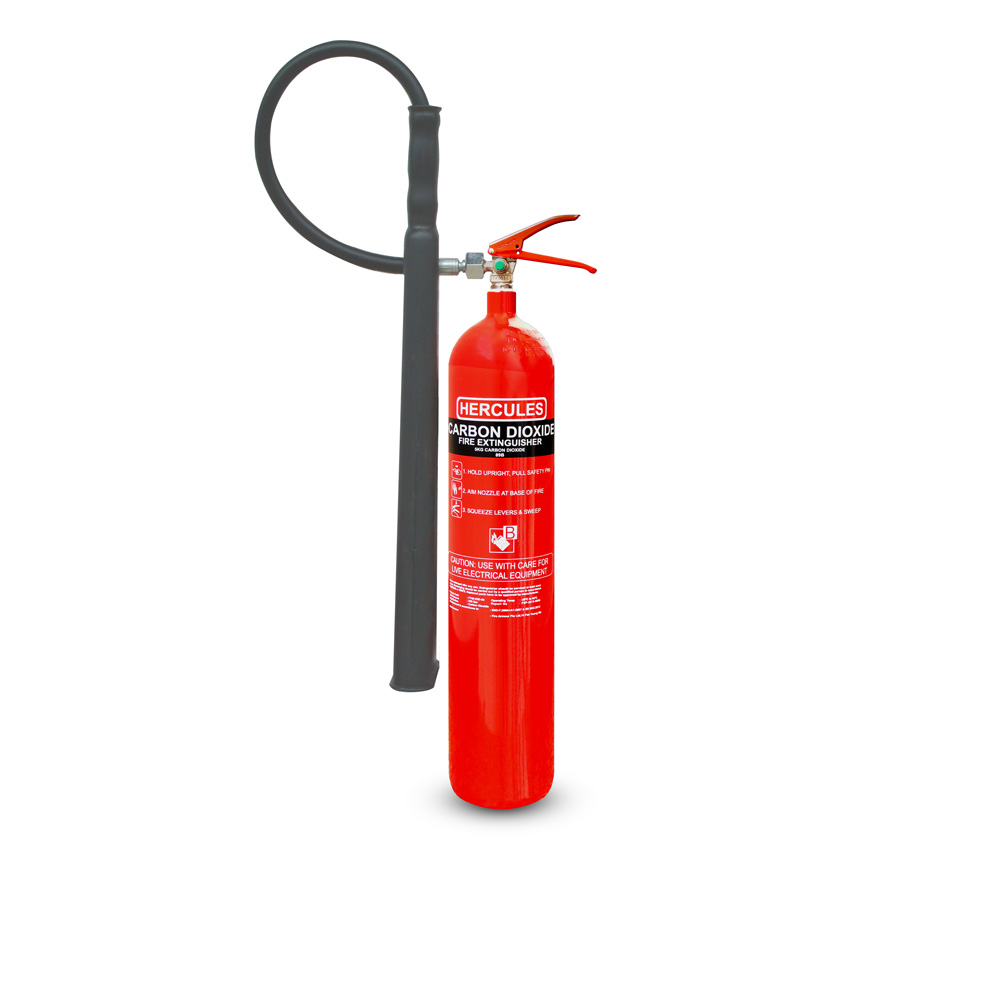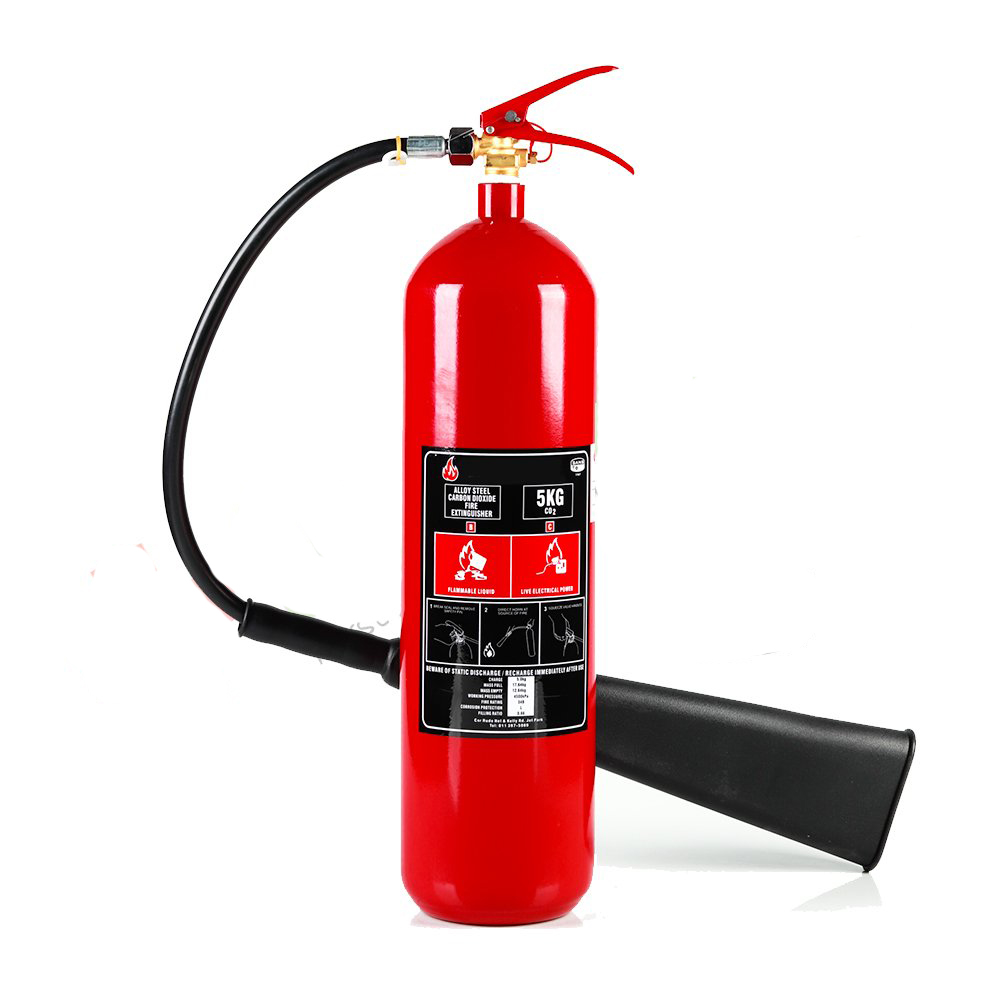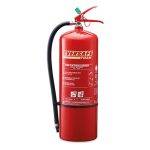I. Introduction
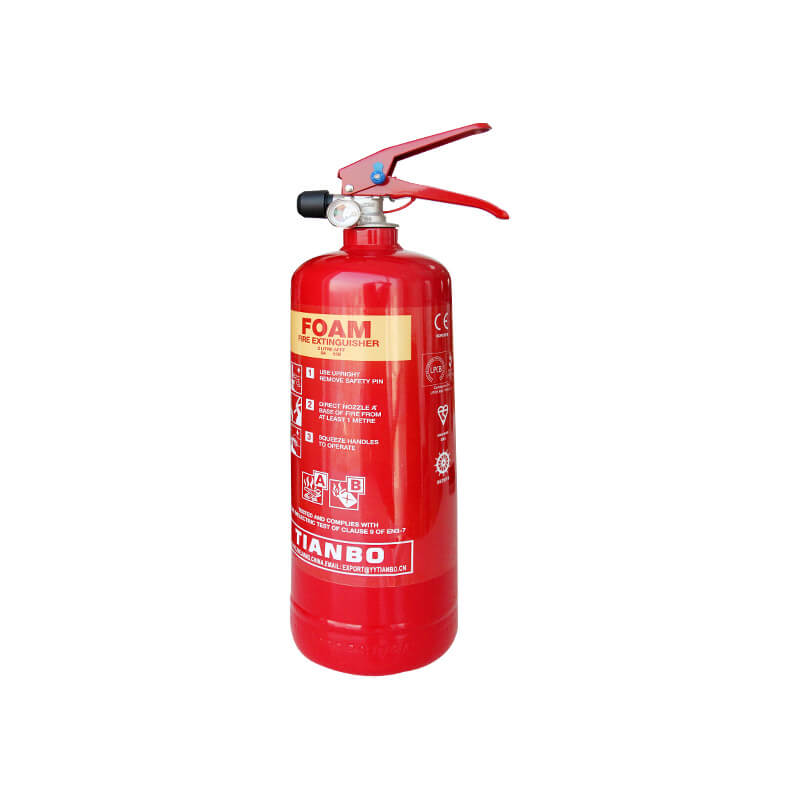
A. Importance of Proper Fire Extinguisher Maintenance
Proper maintenance of fire extinguishers is crucial for the safety of any environment, whether it be a home, workplace, or public space. Fire extinguishers are essential for preventing small fires from escalating and causing significant damage or harm. Regular maintenance ensures that these devices are always ready for use in the event of an emergency.
B. Legal and Safety Obligations for Fire Extinguisher Maintenance
In many regions, there are legal requirements for the maintenance of fire extinguishers. This is to ensure that they are functional and reliable when needed. Additionally, proper maintenance is necessary to comply with safety regulations and standards, as neglecting this responsibility can result in severe consequences in the event of a fire.
II. Types of Fire Extinguishers
A. Understanding Different Classes of Fire Extinguishers
Fire extinguishers are categorized into different classes based on the type of fire they are designed to extinguish. These classes include A, B, C, D, and K, each representing different types of fires such as ordinary combustibles, flammable liquids, electrical equipment, combustible metals, and cooking oils or fats. Understanding these classes is essential for selecting the most suitable fire extinguisher for specific environments.
B. Identifying the Most Appropriate Fire Extinguishers for Specific Environments
Different environments require different types of fire extinguishers based on the potential fire hazards present. For example, a kitchen may require a Class K fire extinguisher due to the presence of cooking oils and fats, while a laboratory may need a Class D extinguisher for combustible metal fires. It is important to identify and install the most appropriate fire extinguishers for each specific environment to ensure effective fire protection.
C. Inspection of Fire Extinguishers for Proper Functionality
Regular inspections of fire extinguishers are necessary to ensure that they are in proper working condition. This includes checking for physical damage, ensuring that the pressure gauge indicates an adequate charge, and inspecting the hose and nozzle for any blockages or damage. Additionally, maintenance should be performed according to the manufacturer’s guidelines and any applicable regulations.
III. Regular Maintenance Procedures
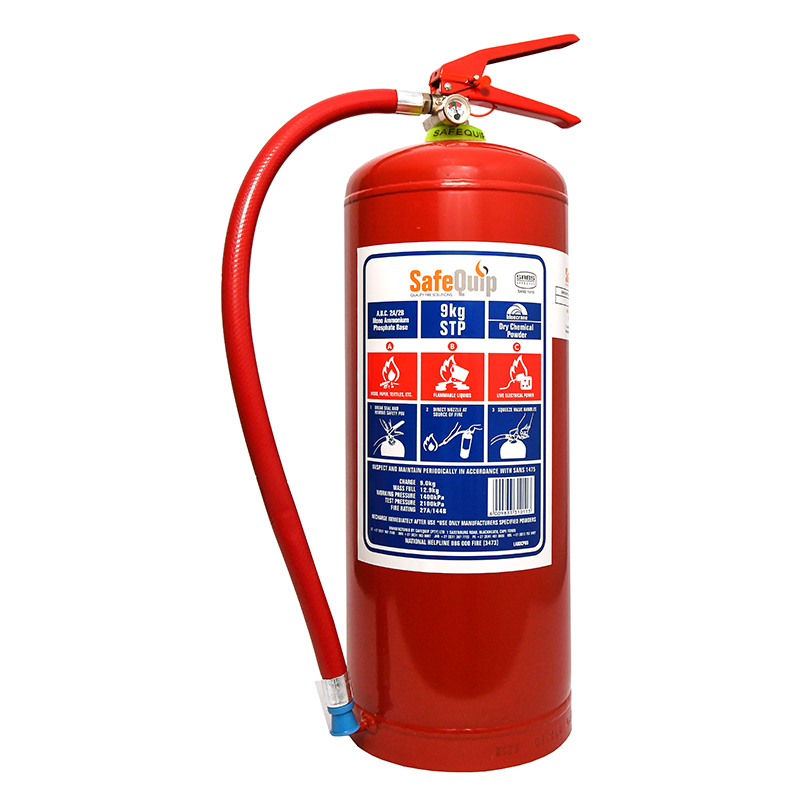
A. Monthly Visual Inspections of Fire Extinguishers
Regular visual inspections of fire extinguishers are essential to ensure they are in proper working condition. Visual checks should be conducted monthly to verify that the extinguisher is in its designated place, the pressure gauge or indicator is in the operable range, there are no signs of physical damage or tampering, and the pin and tamper seal are intact. These visual inspections help to identify any issues that may arise and ensure that the extinguisher is ready to use in case of an emergency.
B. Annual Maintenance and Servicing Requirements
In addition to monthly visual inspections, fire extinguishers also require annual maintenance and servicing by a professional. This includes a thorough examination of the extinguisher, checking for any internal and external corrosion, ensuring the nozzle and hose are unobstructed, and verifying the pressure level. Any necessary repairs or refills should be conducted by a certified technician to maintain the extinguisher’s effectiveness.
C. Understanding When to Refill or Replace Fire Extinguishers
It’s important to understand when a fire extinguisher needs to be refilled or replaced. If the pressure gauge indicates that the extinguisher is not fully charged, it should be immediately refilled. Additionally, if the extinguisher has been used, even partially, it should be taken out of service and recharged by a professional. Furthermore, if an extinguisher shows signs of damage or wear, such as dents, rust, or a broken handle, it should be replaced to ensure it will function properly in an emergency.
IV. Training and Education
A. Staff Training on Fire Extinguisher Use and Maintenance
Proper training on how to use a fire extinguisher is essential for all employees. This training should include the different classes of fires and the appropriate extinguisher to use for each, as well as hands-on practice using an extinguisher. Additionally, employees should be educated on the importance of regular inspections and the steps to take if an extinguisher needs to be refilled or replaced.
B. Creating Awareness of Fire Safety Measures in the Workplace
In addition to training on fire extinguisher use, it’s important to create awareness of fire safety measures in the workplace. This can include developing an emergency evacuation plan, identifying emergency exits and meeting points, and conducting regular fire drills. Employees should be educated on how to prevent fires, such as proper storage of flammable materials and the importance of reporting any potential fire hazards.
C. Developing Emergency Response Plans Involving Fire Extinguisher Use
Finally, developing emergency response plans involving fire extinguisher use is critical for ensuring the safety of everyone in the workplace. This includes designating individuals to take on specific roles during a fire emergency, such as operating fire extinguishers, assisting with evacuation, or calling emergency services. It’s also important to regularly review and update these plans to account for any changes in the workplace or workforce.
V. Compliance and Record-Keeping
A. Understanding Legal Regulations and Standards for Fire Extinguisher Maintenance
Understanding the legal regulations and standards pertaining to fire extinguisher maintenance is fundamental for ensuring the safety and compliance of any establishment. Various regulatory bodies, such as OSHA (Occupational Safety and Health Administration) in the United States, enforce specific requirements for the installation, maintenance, and servicing of fire extinguishers. It is imperative for employers and building managers to familiarize themselves with these regulations and ensure that their fire extinguishers meet the prescribed standards.
B. Documenting Inspections, Servicing, and Repairs
Documenting inspections, servicing, and repairs of fire extinguishers is not only a good practice but is often a legal requirement. Keeping detailed records of when inspections were carried out, what servicing and repairs were performed, and by whom, provides a clear trail of compliance. It also demonstrates a commitment to fire safety and can be invaluable in the event of an audit or investigation.
C. Internal Audits and External Assessments for Compliance
Conducting regular internal audits and participating in external assessments are essential for maintaining compliance with fire safety regulations. Internal audits allow organizations to proactively identify any discrepancies in fire extinguisher maintenance and address them promptly. External assessments, whether conducted by regulatory bodies or independent auditors, provide an objective evaluation of an establishment’s adherence to fire safety standards.
VI. Emergency Preparedness
A. Integrating Fire Extinguisher Maintenance into Overall Emergency Preparedness Plans
An effective emergency preparedness plan should encompass the maintenance and readiness of fire extinguishers. Fire extinguishers are a frontline defense against small fires, and it is critical to integrate their maintenance and accessibility into the broader emergency preparedness strategy. This includes clearly defining responsibilities for fire extinguisher maintenance, training employees on their use, and incorporating regular checks into emergency drills.
B. Best Practices for Fire Extinguisher Placement and Accessibility
Proper placement and accessibility of fire extinguishers are key considerations in emergency preparedness. Fire extinguishers should be strategically located throughout the premises, easily visible and accessible. Additionally, they should be mounted at the recommended height and in accordance with relevant regulatory guidelines. Implementing best practices for fire extinguisher placement ensures that they can be swiftly accessed in the event of a fire.
C. Ensuring Immediate Availability of Functioning Fire Extinguishers
Above all, it is imperative to ensure immediate availability of functioning fire extinguishers at all times. This involves regular inspections to confirm that the extinguishers are in their designated locations, are fully charged, and have not been damaged or tampered with. In an emergency, every second counts, and having a well-maintained and operational fire extinguisher can make a significant difference in containing a fire before it escalates.
In conclusion, compliance, record-keeping, and emergency preparedness are fundamental aspects of maintaining the effectiveness of fire extinguishers in the workplace. By understanding and adhering to regulations, diligently documenting maintenance activities, and integrating fire extinguisher readiness into emergency preparedness plans, organizations can enhance their overall fire safety measures and reduce the potential impact of fires. Prioritizing these elements not only safeguards property but, more importantly, protects the well-being of individuals in the event of a fire.
